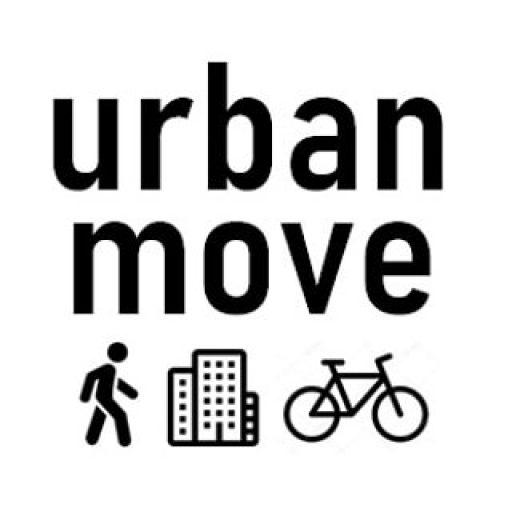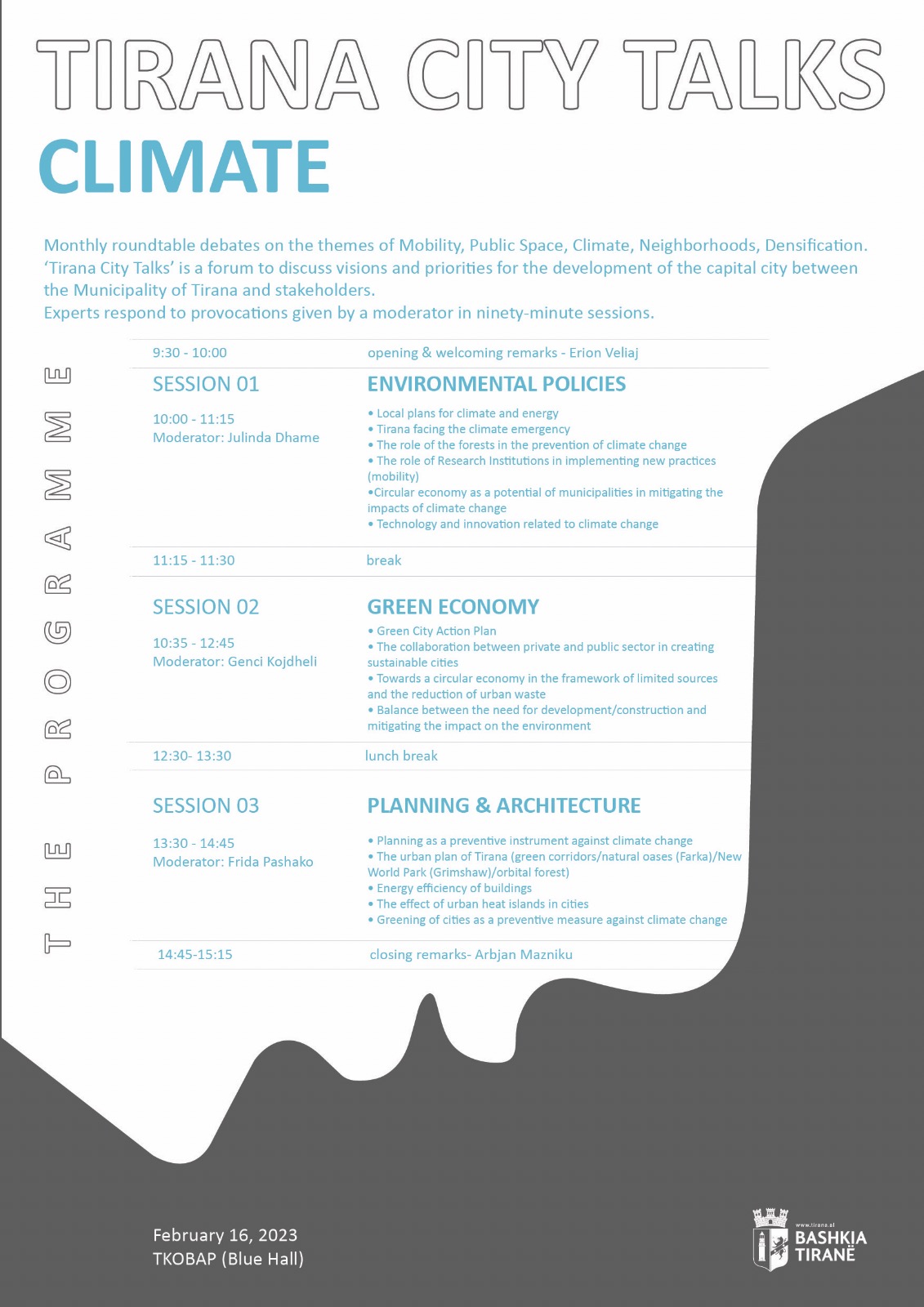Tirana City Talks – Climate
A green economy is an economic system focused on effective use of natural resources and sustainable development. This indicates that the economy is planned to have as little negative environmental impact as possible and to operate within the constraints of the planet’s natural resources. The creation of walkable towns that give priority to bicycle and pedestrian mobility over car traffic is an important component of a green economy. High-quality, safe bike lanes and walkways are crucial for achieving this.
High-quality bike lanes and sidewalks are essential for the growth of a green economy for a number of reasons:
First, they encourage active mobility, an essential element of sustainable growth. Active mobility is the term for transportation methods like cycling or walking that require physical activity. Cities can reduce their carbon footprint and enhance public health by encouraging active mobility.
Second, adding bike lanes and creating attractive sidewalks can reduce the amount of traffic on the roads. This is significant because one of the main sources of CO2 emissions is motorized transportation. Cities can reduce car traffic and harmful emissions by encouraging walking and cycling. As a result, the air quality and public health may be significantly improved.
Third, a broad network of bike lanes, prioritized sidewalks and pedestrian zones can support economic growth. Walkable cities are of greater interest to businesses and investors because they provide citizens with a higher standard of living. They more vibrant and foster a stronger feeling of community than cities that are largely built for individual car traffic. Walkable cities can be linked to higher property prices, reduced vacancy rates, and increased economic activity.
Fourth, a safe infrastructure for cyclists helps reduce traffic congestion. This is significant because, in addition to being frustrating for drivers, traffic delays also increase air pollution and greenhouse gas emissions. Even younger schoolchildren can bike to school alone in cities with safe bike lanes, allowing their parents to focus on their jobs instead of being stuck in traffic. A safe cycling infrastructure consists of clearly separated bike lanes and thoughtfully planned interconnections at the crossroads.
Fifth, safe and convenient bicycle storage, either inside or in front of each apartment building, can encourage a lot more people to own bicycles and be able to store them securely at home. For instance, on the area of a single parking space in a monitored underground parking can accommodate 8–10 bicycles.
And lastly, sidewalks and bike lanes can promote social justice. Cities can guarantee that everyone, regardless of income or socioeconomic level, has access to reliable and safe transportation through improving active mobility infrastructure.
In conclusion, the creation of high-quality bike lanes and sidewalks is crucial for the progress of a green economy. They promote active mobility, lower the number of cars on the road, and stimulate the economy. Investment in the infrastructure required for a city that is walkable and bike-friendly is crucial as urban areas all over the world continue to place a high priority on sustainable development. This includes high-quality bike lanes and pedestrian areas as well as other infrastructure like public transportation and green areas. Cities can build a more sustainable future for everyone in this way.
urban move, February 2023


Comments are closed